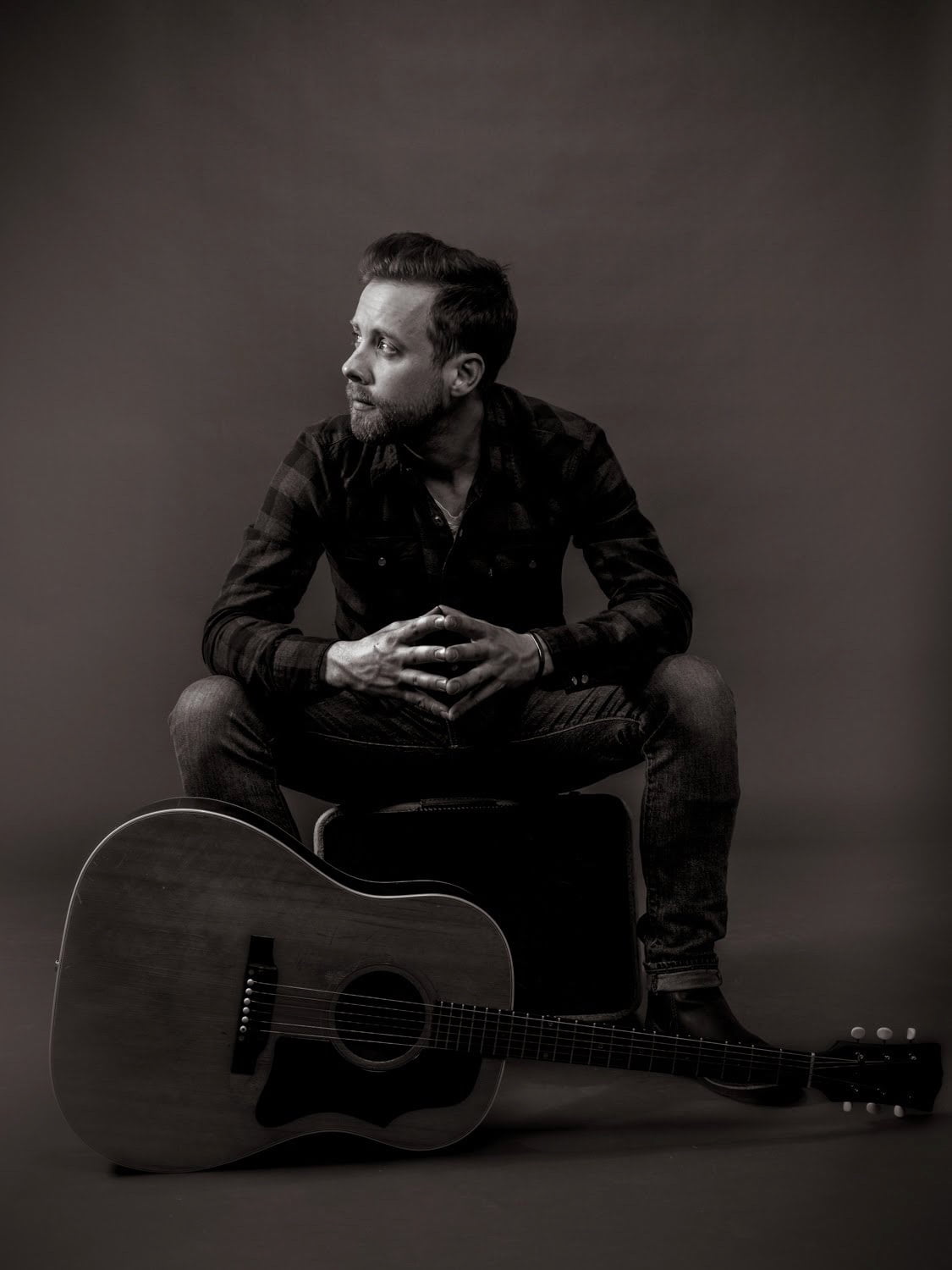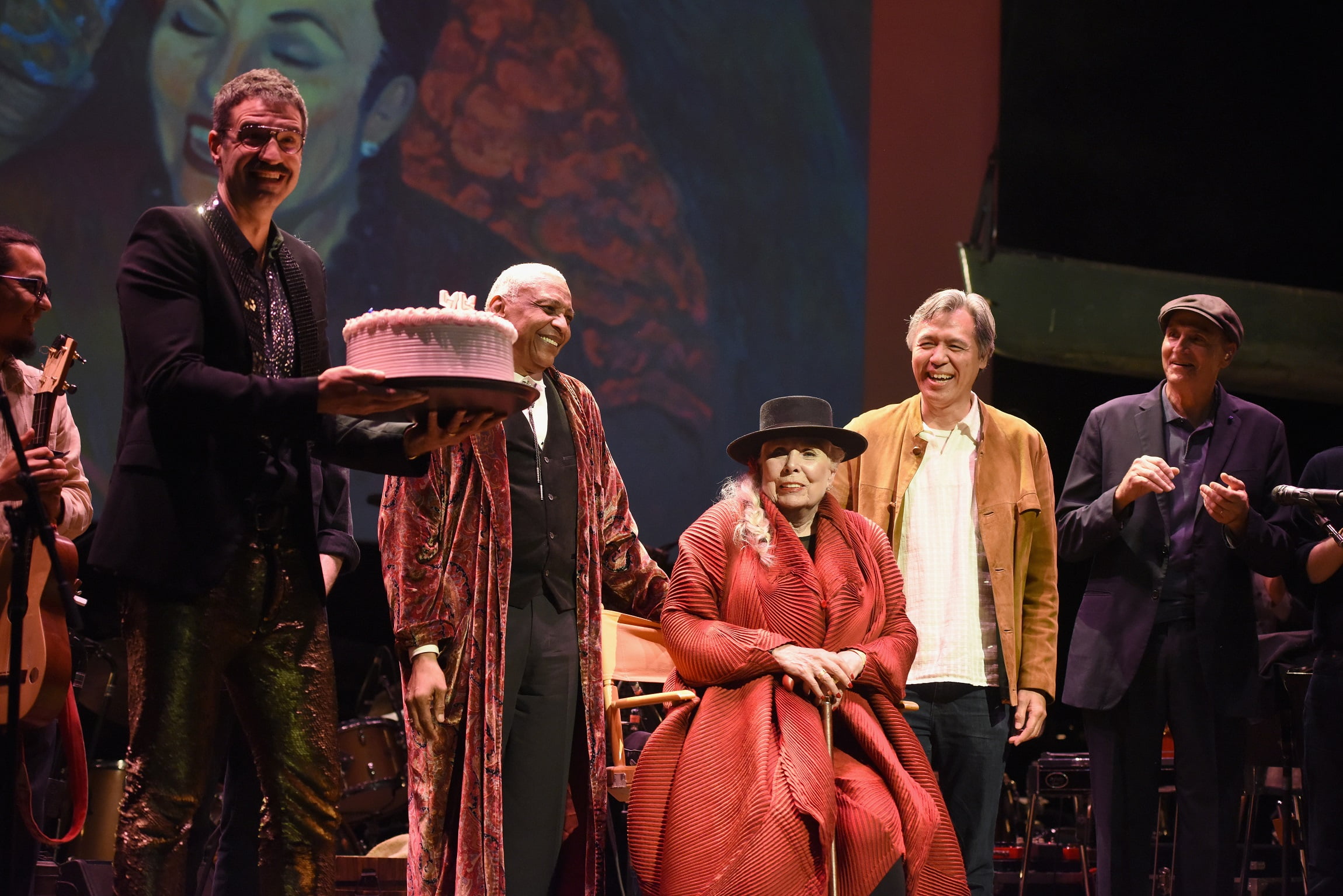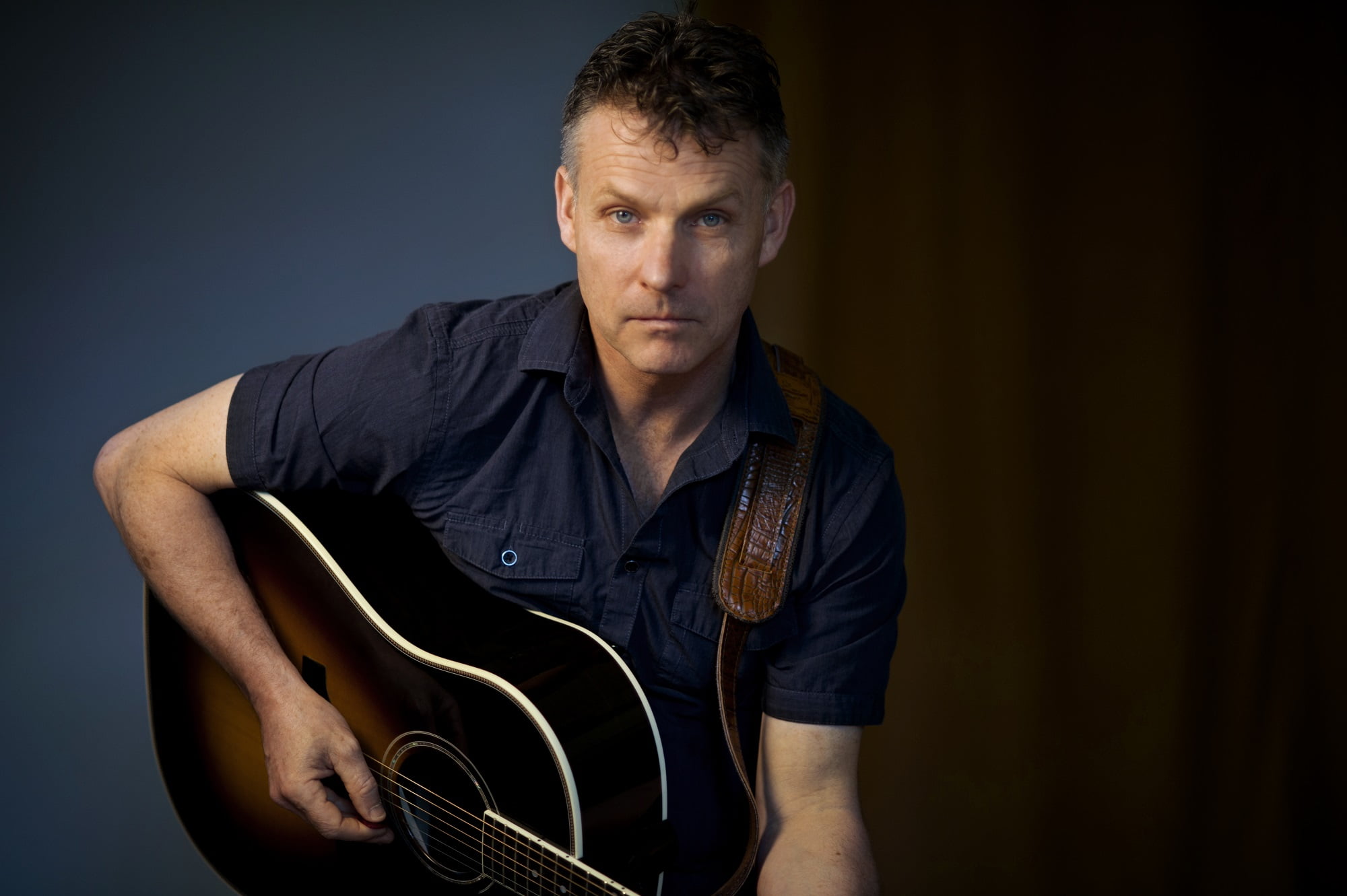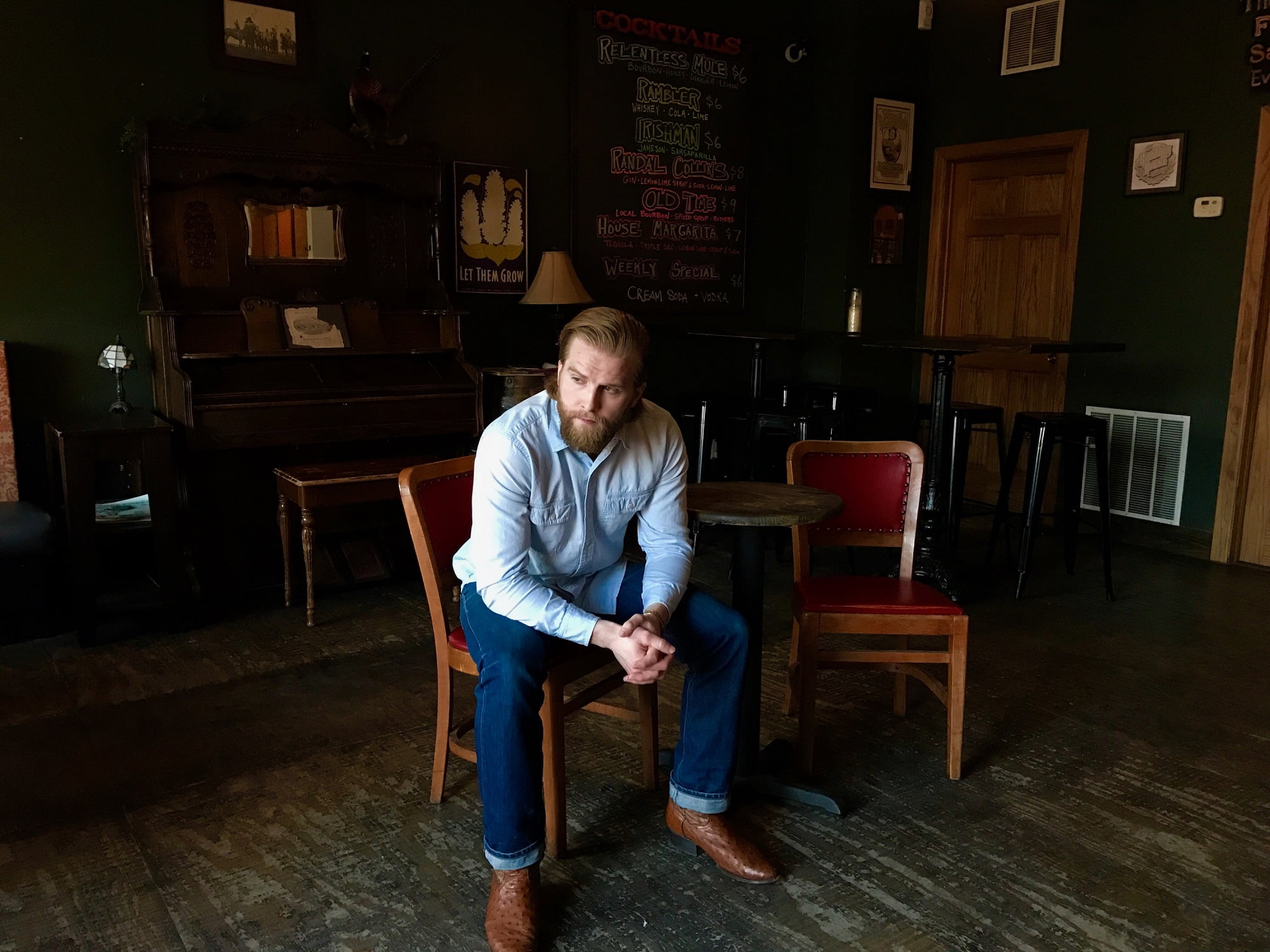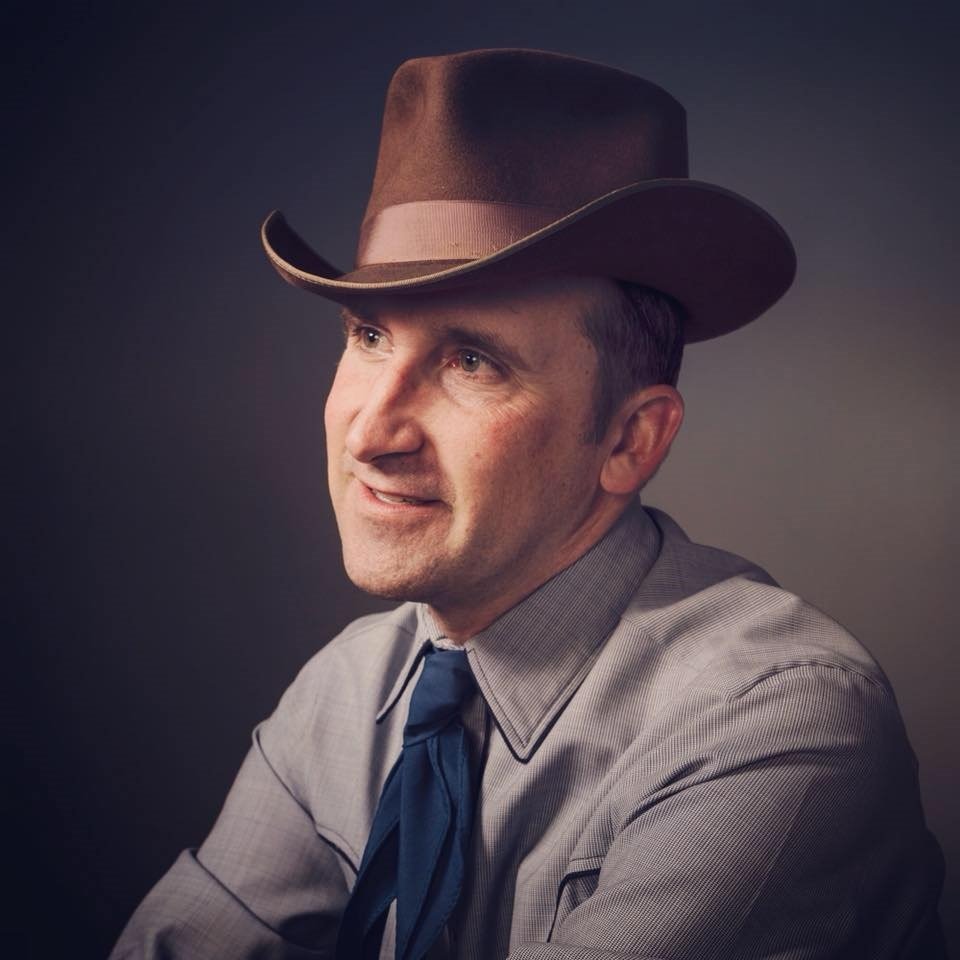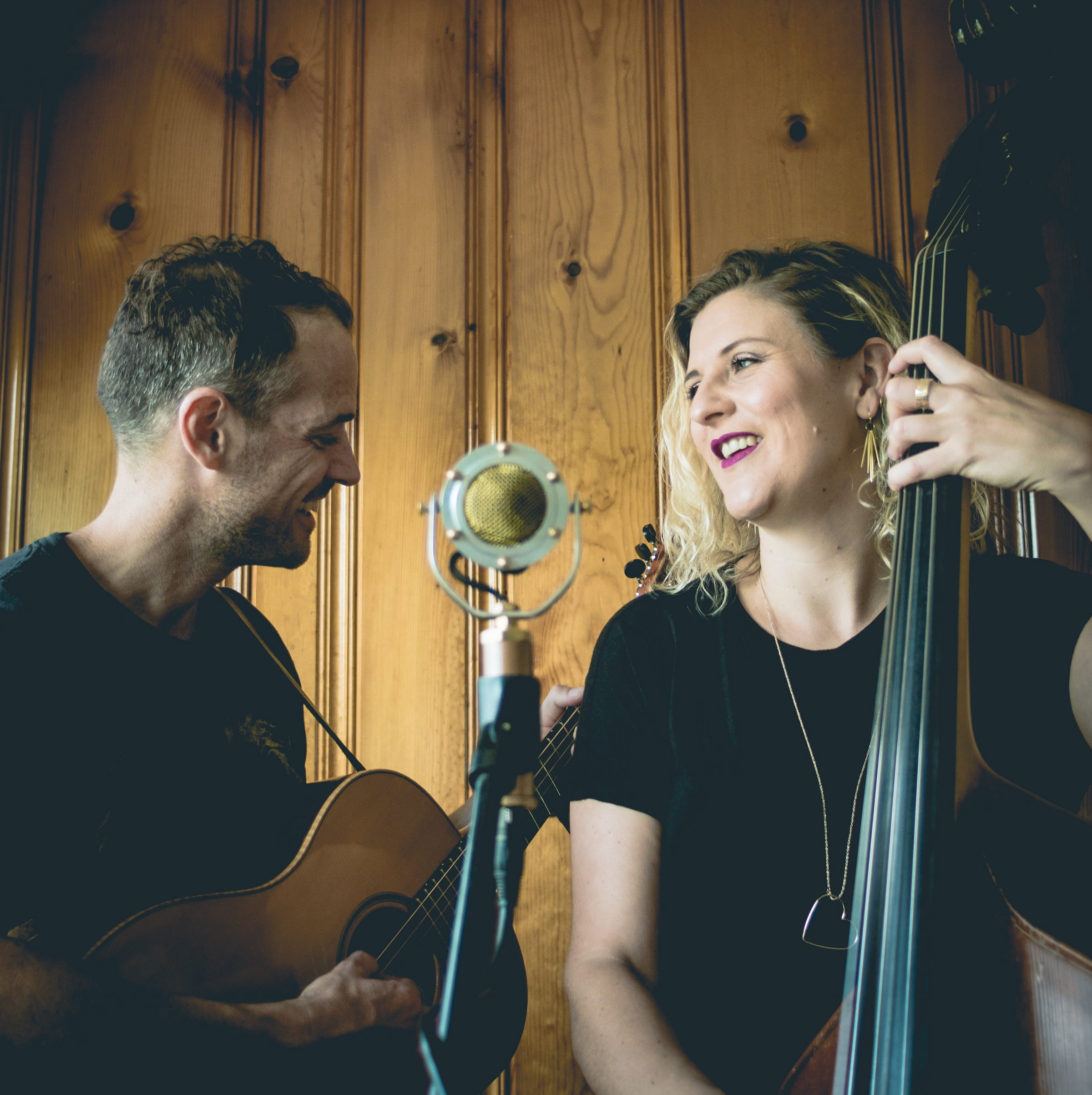It’s just a little mmmmmmm-mmmm. The kind of sound you might make when you’ve tasted something really pleasant. Or when your kid says something cute. Or when your partner sidles up cozily against you under a warm blanket on a cold night. Satisfied. Secure. Certain. Dare we say… sexy. And completely in the moment.
It may be the most unguarded moment ever in a Bob Dylan recording. But also the most complex, complicated, deep and emotional, even as it seemingly belies the words of the lines it comes between: And I’m back in the rain / And you are on dry land.
There are eight takes of the song that contains that, “You’re a Big Girl Now,” on More Blood, More Tracks: The Bootleg Series Vol. 14, the sprawling new collection of the complete takes from Dylan’s Blood on the Tracks sessions. It culminates with the “final” version heard on the 1975 album. In each one he goes mmmmmmm-mmmm (or an uhhh or ohhh variation thereof) several times, each with a different spin, different nuance, different feeling in ways that are hard to pinpoint, but still quite clear on hearing.
There are two per verse and five verses in the song — accounting for a couple of the takes being fragments, there’s a total of 67 mmmmmmm-mmmms here. But it’s the very first one, in the very first verse of the first take of the song, just the third performance in a marathon four-day run in a New York studio, that will buckle your knees, make you swoon, make the rest of the world go away.
You have to wonder if on the day he made that recording – September 16, 1974 – if making the world go away was exactly his intent.
Six months earlier, on Valentine’s Day, 1974, Dylan stood alone singing “even the President of the United States sometimes must have to stand naked” on stage at the Forum in Inglewood, California. The crowd erupted in wild cheers, as had happened every night of his reunion tour with the Band, which closed that night. But on September 16, five weeks after Richard Nixon had resigned that Presidency, Dylan stood alone with just a guitar and harmonica in a New York recording studio, at his most emotionally naked, starting what would become Blood on the Tracks. This was and perhaps remains the first, the definitive post-Watergate album.
Many saw it as a new beginning when Dylan had reemerged from a several-year hermitage with the ’74 album Planet Waves and the tour with the Band, the latter documented on the Before the Flood album, which includes that Forum performance of “It’s Alright Ma (I’m Only Bleeding).” This was a fresh start, the return of the Voice of a Generation to right all the wrongs of a world in chaos. Of course it was anything but. That was all housecleaning, doing away with the past, putting it to rest. Well, at least the past as seen from the outside. Now he had a blank slate and a tormented inner world to explore as he looked back over his relationship with wife Sara as it was coming to a close.
No wonder he struggled with how to present these songs, a fascinating process played out over the 87 tracks on More Blood. Sure, he’d done multiple takes of many songs in the past, as collected on some previous Bootleg Series sets, including the massive Cutting Edge account of every single studio recording he made in his watershed ’65 to ’66 run.
This is different. It’s not just the arrangements (adding and subtracting musicians to the mix), or his delivery, or even the words, with which he fiddles considerably more than in the past. It’s a whole sense that varies from take to take with each of the songs here, transforming the very nature of the song and how it might be received. There are 11 attempts at “You’re Gonna Make Me Lonesome When You Go” before he gets what he considered a keeper, for example. And that’s true from mmmmmm-mmmm to mmmmmmm-mmmm, each given a different spin, a different tone, a different meaning. But, hearing these recordings now, the first take of each of the songs is as much a revelation of his personal struggles.
Back then we all were struggling with how to be, how to behave, how to approach the future. With Nixon gone, with the Vietnam War coming to a close, we’d lost our focus, we’d lost our purpose, we’d lost our sense of the future.
As he stepped into the studio, the No. 1 slot on the Billboard singles charts just whiplashed from Paul Anka’s smarmy “You’re Having My Baby” to Eric Clapton’s version of Bob Marley’s Jamaican/Western outlaw fantasy “I Shot the Sheriff.” The No. 1 album was a towering masterpiece, and perhaps a challenge to any artist now making a record: Stevie Wonder’s Fulfillingness’ First Finale.
Overall, the year was full of looking back and looking for diversion: Barbra Streisand topped the 1974 year-end singles chart with the hazy nostalgia of “The Way We Were,” with Terry Jacks’ syrupy “Seasons in the Sun” right behind, and not far down the list John Denver’s similar climate assessment “Sunshine on my Shoulder.” Grand Funk re-did “The Loco-Motion” and Ringo Starr hit with a remake of “You’re 16” while James Taylor and Carly Simon mined the golden oldies vein with “Mockingbird” for a big hit. The Beach Boys were back in fashion, via their Endless Summer collection. Blue Swede was “Hooked on a Feeling” (oooga-chucka, oooga-chucka). By the end of the year, everybody was “Kung Fu Fighting.” Everybody.
And when Dylan released the album on January 20, 1975, the No. 1 spot was held by Barry Manilow with “Mandy.”
For many of us, Dylan’s pain provided our relief. Even for this writer, just 18 years old at the time and less-than-inexperienced in love, let alone heartbreak, Blood was a beacon, a blueprint, a map to the buried treasures of a hoped-for life to come. Yes, even with the pain, as it couldn’t exist without the pleasures that gave way to it.
Never mind Dylan’s protestations that this was not autobiographical — in his 2004 book Chronicles, Vol. 1 he maintained that it was based on Anton Chekhov short stories — apart from the lashing “Idiot Wind” (“Positively 4th Street” part two) and the rambling-gambling adventure “Lily, Rosemary and the Jack of Hearts,” this is his version of Ingmar Bergman’s miniseries/movie, Scenes From a Marriage, seen as the marriage crumbles. It’s in turns — sometimes very quick turns — rueful, playful, bitter, dreamy, recriminating (self- and otherwise), wistful, wishful, despairing, desolate, sensual, confessional, impenetrable, regretful.
At the root of it, particularly in the songs that arguably make up the emotional core of the album — “Tangled Up in Blue,” “Simple Twist of Fate,” and “Shelter From the Storm” — what emerges most strikingly, now more than then, is a deep tenderness. And then there’s the raw “If You See Her, Say Hello,” with the line “sundown, yellow moon, I replay the past / I know every scene by heart, they all went by so fast.” But also striking are the key things missing: acceptance and closure. “Everything about you is bringing me misery,” he sings in the finale, “Buckets of Rain.” It’s open-ended and an open wound.
Even as we projected our own cultural uncertainties onto it, Blood was and remains the intensely private work of an intensely private person. More Blood even more so. Of course he had trouble shaping what would become the public view of it. Of course he got cold feet at the last minute, just four weeks before the album’s release, flying to Minneapolis for hastily set-up sessions to re-record the songs with local folk musicians, five new versions then displacing the original New York sessions, including “Big Girl.”
What’s most striking, perhaps, is that he released it at all. Almost as soon as the album came out, after he had revealed himself so starkly, he embarked on his Rolling Thunder Revue tour, a traveling circus in which he could get lost, get away, could hide, shielded and masked. As had so often been the case in his public past, he returned to his default setting of obfuscation.
It’s accepted fact that Dylan released the “right” version of the album. It fit the times, fit his mood(s) — and ours. But it’s wondrous to revel in the possibility of an alternate in which he might have stopped after the first takes, with just the first versions recorded that day, September 16, 1974, when he stood alone and sang mmmmmmm-mmmm.

